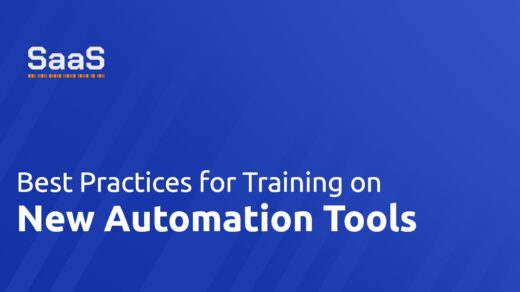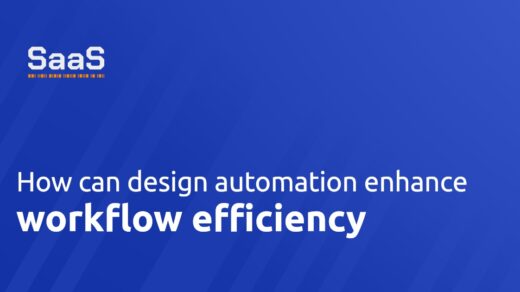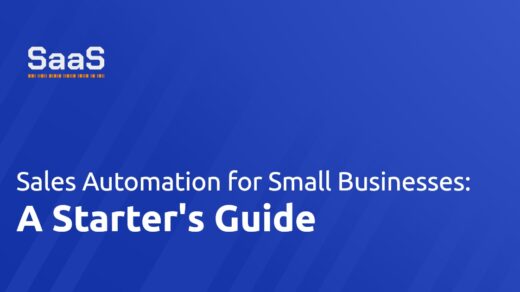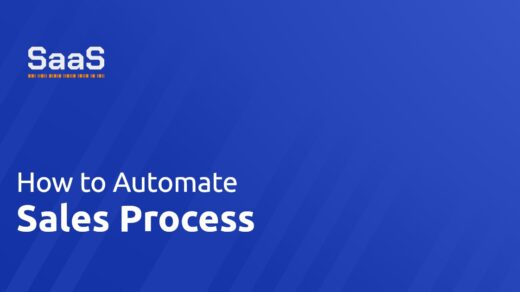The power of automation has transformed how companies approach their sales processes. Welcome to a comprehensive exploration of “Automating the Sales Process: Streamlining Success.” In this blog, we delve into the world of sales automation, uncovering strategies to harness the potential of automation tools and technologies to drive efficiency, enhance customer engagement, and ultimately boost revenue. As businesses strive to stay competitive and deliver exceptional customer experiences, understanding the nuances, challenges, and best practices of sales process automation becomes paramount.
Which Stages of the Sales Process Can You Automate?
Automation can greatly enhance efficiency by streamlining certain stages of the sales process. One stage that can be effectively automated is lead generation. Through automated lead capture forms on your website or landing pages, you can collect valuable information about potential customers.
Additionally, the lead nurturing stage too can benefit from automation. Automated email sequences can be set up to deliver relevant content and follow-up messages to leads based on their interactions with your website or previous communications. These personalized messages keep leads engaged and gradually move them through the sales funnel.
Another stage that lends itself well to automation is sales follow-ups. Automated reminders and notifications can prompt sales representatives to follow up with leads at specific intervals or after certain actions. This ensures that no potential opportunity falls through the cracks and maintains a consistent level of communication.
What Tools and Technologies Can Aid Sales Automation?
Sales automation is greatly facilitated by a variety of tools and technologies that empower businesses to streamline their processes, improve productivity, and enhance customer relationships. Customer Relationship Management (CRM) systems are at the forefront of sales automation. These platforms centralize customer data, allowing sales teams to track interactions, manage leads, and analyze customer behaviour.
Another essential technology in sales automation is marketing automation software. Tools like Marketo, Pardot, and ActiveCampaign enable businesses to automate marketing campaigns, segment their audience, and deliver personalized content. This synergy between marketing and sales automation ensures a consistent and cohesive customer experience.
Furthermore, communication automation tools play a vital role in maintaining timely and relevant interactions. Email marketing platforms like Mailchimp and Sendinblue allow for automated email sequences and personalized messaging based on user behavior. Chatbots and live chat systems too integrated into websites provide instant responses to inquiries, qualifying leads and providing basic information even outside of business hours.
How Do You Implement Automated Communication in Sales?
Implementing automated communication in sales involves a strategic approach that combines technology with personalized engagement to enhance customer interactions throughout the sales journey. The first step is to identify the key touchpoints in your sales process where automated communication can be effective. These touchpoints may include initial lead capture, follow-ups, nurturing sequences, and post-sale interactions. By mapping out these touchpoints, you can create a comprehensive communication plan.
Once you’ve identified the touchpoints, select the appropriate communication channels and tools for automation. Email marketing platforms are commonly used for automated email sequences. These sequences can deliver tailored content, educational resources, and relevant offers based on the recipient’s actions and interests.
Craft messages that address the recipient by name and offer value based on their preferences and behaviors. Segment your audience to ensure that the right messages reach the right people at the right time. Use dynamic content to show different versions of an email or message based on user attributes, ensuring a more personalized experience.
What Metrics Should You Monitor in an Automated Sales Process?
Monitoring key metrics is essential to measure the effectiveness and success of an automated sales process. These metrics provide valuable insights into how well your automation efforts are performing and help identify areas for improvement. One crucial metric to monitor is the conversion rate. Keep track of how many leads progress through the sales funnel and convert into paying customers.
Lead engagement metrics are also vital indicators of the success of your automated sales process. Analyze metrics such as open rates, click-through rates, and engagement with automated emails. These metrics provide insights into the quality of your communication and the relevance of your content to the leads.
Furthermore, tracking the sales cycle length is crucial in an automated sales process. Measure the time it takes for a lead to move from initial contact to conversion. An efficient automated process should ideally reduce the sales cycle length, indicating that automation is helping leads move through the funnel more smoothly.
What Challenges Should You Anticipate When Automating the Sales Process?
Automating the sales process offers numerous benefits, but it also comes with its share of challenges that businesses should be prepared to address. One significant challenge is maintaining a balance between automation and personalization. While automation enhances efficiency, overly automated interactions can feel impersonal and lead to a disconnect between your brand and potential customers.
Integration issues can also pose challenges during the automation process. Businesses often have multiple tools and systems in place, such as CRM software, marketing automation platforms, and email marketing tools. Integrating these systems seamlessly can be complex, and poor integration can result in data discrepancies and operational inefficiencies. It’s essential to choose automation tools that offer robust integration capabilities and invest time in setting up proper integrations to avoid potential issues down the line.
In conclusion, businesses should be aware of the challenges associated with automating the sales process. Striking a balance between automation and personalization, addressing integration complexities, and avoiding the over-reliance on automation are critical considerations. By proactively addressing these challenges, businesses can maximize the benefits of sales process automation while delivering a seamless and engaging experience to their customers.








